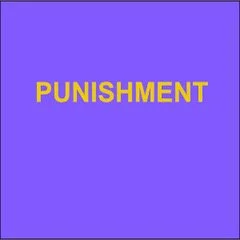By Mary Rogan
This book is the first examination of the history of prison policy in Ireland. Despite sharing a legal and penal heritage with the United Kingdom, Ireland’s prison policy has taken a different path. This book examines how penal-welfarism was experienced in Ireland, shedding further light on the nature of this concept as developed by David Garland. While the book has an Irish focus, it has a theoretical resonance far beyond Ireland. This book investigates and describes prison policy in Ireland since the foundation of the state in 1922, analyzes and assesses the factors influencing policy during this period and explores and examines the links between prison policy and the wider social, economic, political and cultural development of the Irish state. It also explores how Irish prison policy has come to take on its particular character, with comparatively low prison numbers, significant reliance on short sentences and a policy-making climate in which long periods of neglect are interspersed with bursts of political activity all prominent features. Drawing on the emerging scholarship of policy analysis, the book argues that it is only through close attention to the way in which policy is formed that we will fully understand the nature of prison policy. In addition, the book examines the effect of political imprisonment in the Republic of Ireland, which, until now, has remained relatively unexplored.
London; New York: Routledge, 2011. 254p.





















